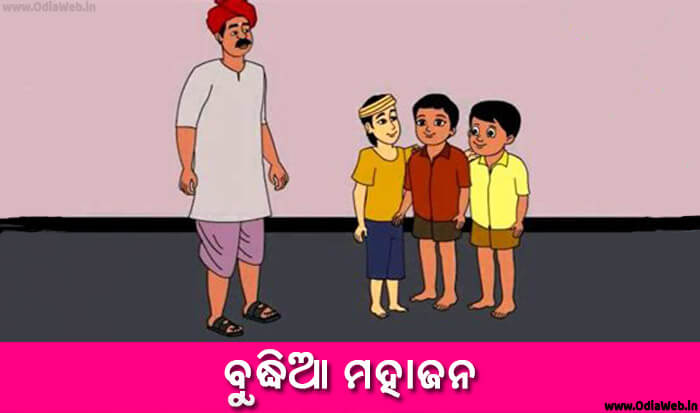

Halbi: Spoken in undivided Bastar district of Chhattisgarh.Bhatri: Spoken in South-western Odisha and eastern-south Chhattisgarh.Desiya Odia or Koraputia-Kalahandi Odia: Spoken in Koraput, Kalahandi, Rayagada, Nabarangapur and Malkangiri Districts of Odisha and in the hilly regions of Vishakhapatnam, Vizianagaram District of Andhra Pradesh also has significant speakers in Raipur, Bhilai and Bilaspur of Chhattisgarh.Sambalpuri Odia Spoken in Bargarh, Balangir,parts of Boudh, Nuapada, Sambalpur, Subarnapur districts of Odisha and in Raigarh, Mahasamund, Raipur districts of Chhattisgarh state.Ganjami Odia: Spoken in Ganjam and Gajapati districts of Odisha and Srikakulam district of Andhra Pradesh.Puri Odia: Spoken in Puri district of Odisha.Cuttaki Odia: Spoken in Cuttack, Jajpur, Jagatsinghpur and Kendrapara district of Odisha.Baleswari Odia: Spoken in Baleswar, Bhadrak and Mayurbhanj district of Odisha.

Singhbhumi Odia: Spoken in East Singhbhum, West Singhbhum and Saraikela-Kharsawan district of Jharkhand.

Midnapori Odia: Spoken in the undivided Midnapore and Bankura Districts of West Bengal.It is spoken mainly in the eastern half of the state of Odisha, in districts like Khordha, Puri, Cuttack, Jajpur, Jagatsinghpur, Kendrapada, Dhenkanal, Angul and Nayagarh district with not much variation. Spoken Standard of Odia is different than the Literary standard of Odia, which is used in literature and communication among people speaking different Dialects. Bringing to bear for the first time the perspective of translation studies, this paper will suggest some ways we can move from ethnography’s purported aim of a systematic study of people and cultures to a rigorous and ethical study of these translated texts, reading them explicitly as literature, as well as (and perhaps more importantly) as literary translations.

Edward Chamberlin, Robert Allen Warrior and Craig Womack, are working to redress such attitudes. Nonetheless, a younger generation of literary scholars such as Keavy Martin, inspired by the work of J. Without the training and tools that would equip an outsider to appreciate Inuit writing and the oral traditions from which it arises, and to judge it on its own merits, scholarly assessment by other than specialist anthropologists or ethnographers has often been felt to be beyond the reach of southerners. Bernard Saladin d’Anglure took up this text as his anthropology thesis topic, guided its completion, arranged for its 1984 publication in Inuktitut syllabics, and in 2002 published a French translation his own former student, Peter Frost, has recently (2013) translated the French version into English. Mitiarjuk, who has been called the “accidental Inuit novelist” (Martin, 2014), began writing Sanaaq in the mid-1950s and was “discovered” in the late 1960s by a doctoral student of Claude Lévi-Strauss.


 0 kommentar(er)
0 kommentar(er)
